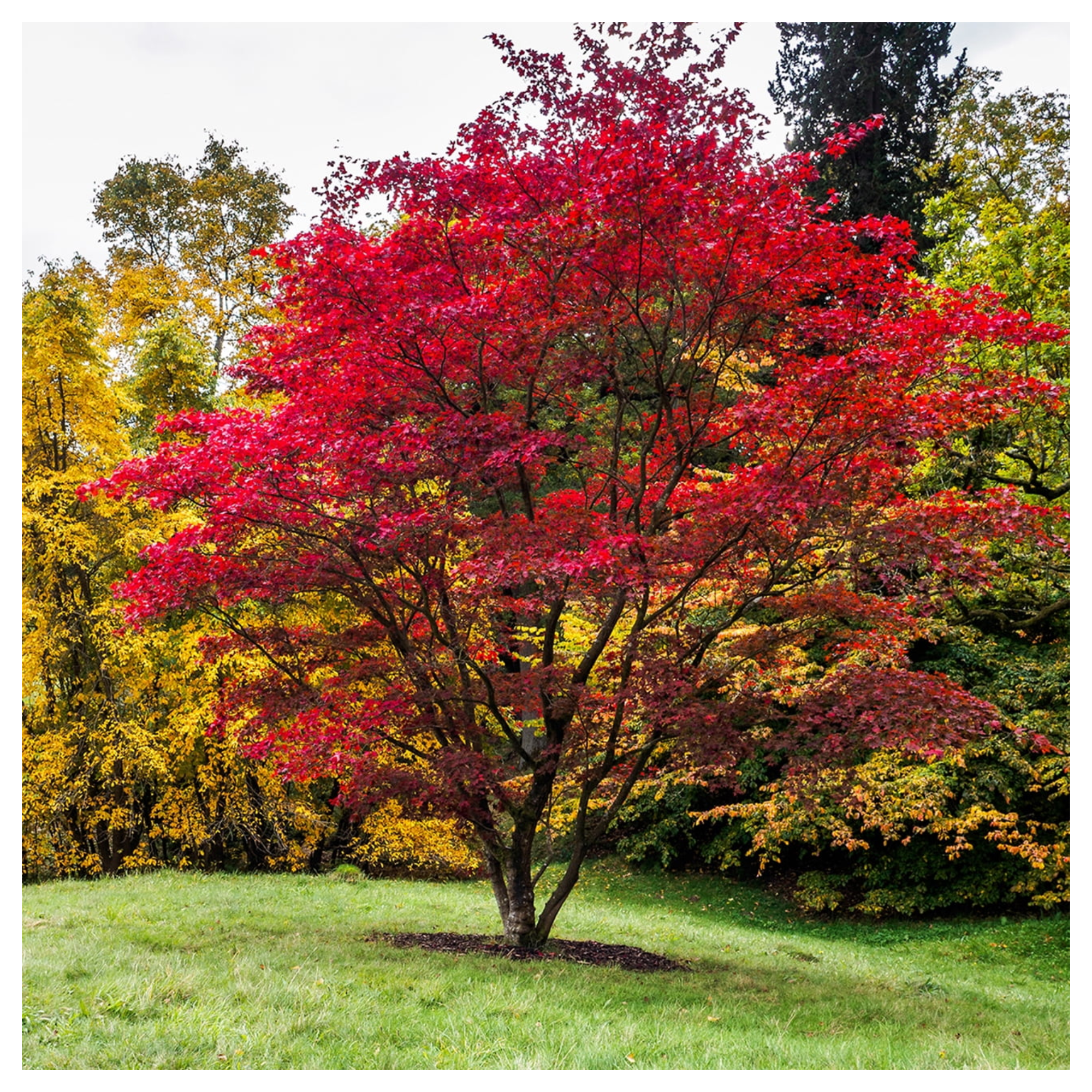How to Care for Maple Trees During the Fall — A Guide on Maintaining Its Beautifully Bright Foliage
Make these beautiful trees the focal point of your fall landscape with these professional tips
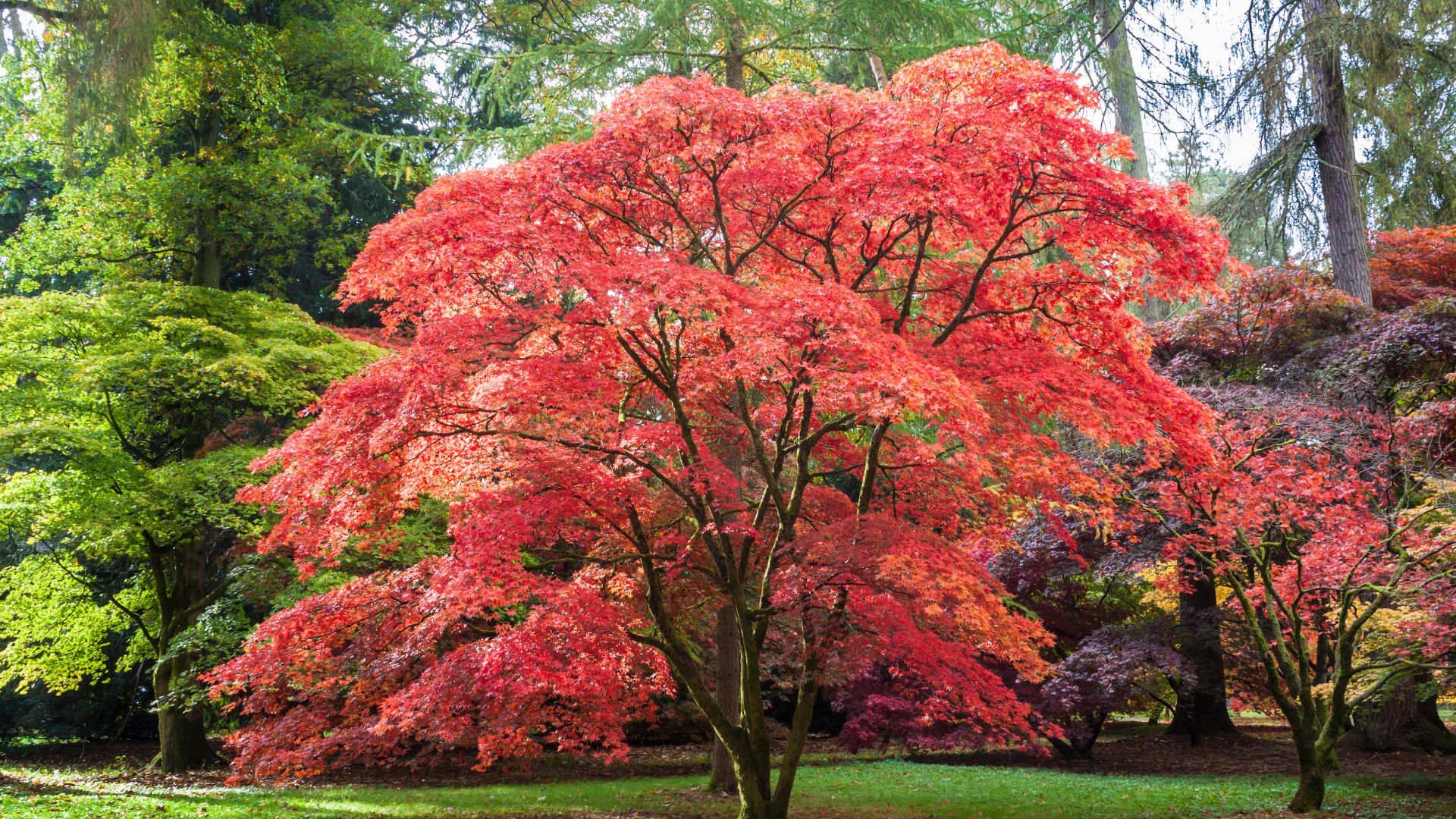

Fall is simply incomplete without the vibrant charm of maple trees. Their gorgeous orange leaves are the epitome of autumnal foliage, and if you have them growing in your yard, this is truly their time to shine.
There are many different types of maple trees, and while they are quite hardy, a little care goes a long way. To help you retain your maple's stunning leafage, we reached out to the experts for their advice.
Adding their tips to your care routine will not only maintain your maples this fall but throughout the seasons ahead.
How to Care for Maple Trees in the Fall
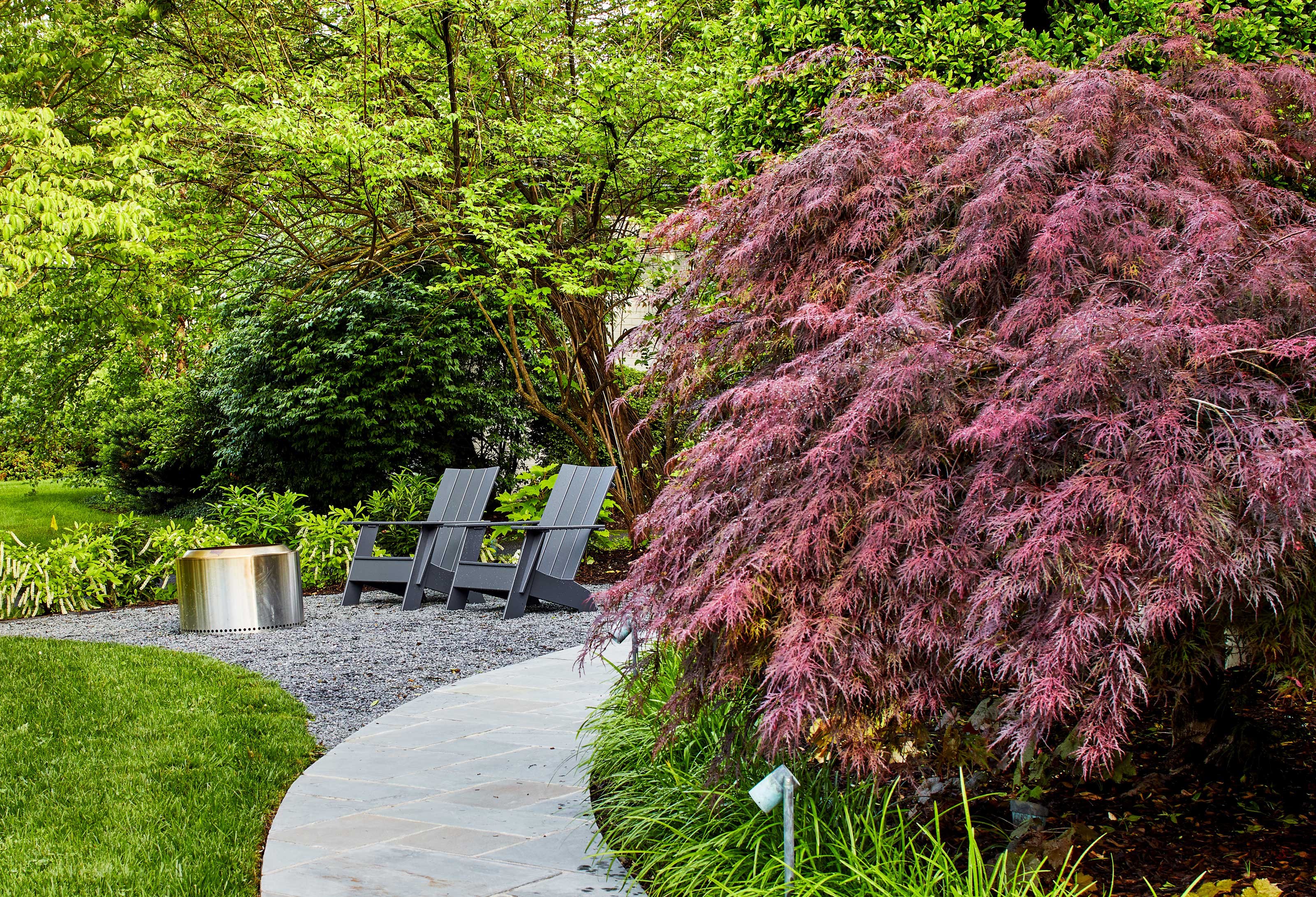
Gardeners usually plant maple trees for fall color, to bring autumnal vibes to a yard. But to keep your maple's foliage dense and lush with color, it's important to regularly care for them. Ben McInerney, certified arborist and founder of GoTreeQuotes, tells us that there are a couple of different elements to a maple care routine. These simple maintenance steps are worth the effort for a rewardingly picturesque backyard.
Watering: Ben tells us that proper watering is crucial for preparing maples for winter dormancy. "I recommend gradually reducing watering frequency as temperatures cool, but ensure the soil remains moist until the ground freezes," he says. "Use a soaker hose or drip irrigation system to ensure water reaches the root zone efficiently."
Pruning: While pruning your maple trees, Ben finds that it's best to focus on removing dead, diseased, or crossing branches. "Avoid heavy pruning, as it can stimulate new growth that won't harden off before winter," he says. "Also, sterilize tools between cuts to prevent disease spread - a lesson I learned the hard way early in my career."
Fertilizing: Generally, Ben finds that fertilizing should be avoided after late summer to prevent stimulating new growth. "If soil tests indicate deficiencies, use a slow-release, low-nitrogen fertilizer," he says. "Always follow soil test recommendations as over-fertilization can be as harmful as under-fertilization."
Soil and Mulching: Lastly, he tells us that attention to soil management is the key to maple tree health. Ben encourages gardeners to add a two to four-inch layer of organic mulch around the base of the tree, keeping it away from the trunk. "Extend the mulch to the drip line to insulate roots and retain moisture," he advises. Ben also advises against piling mulch against the trunk, telling us that this is one of the most common gardening mistakes made by gardeners.
How to Grow Maple Trees
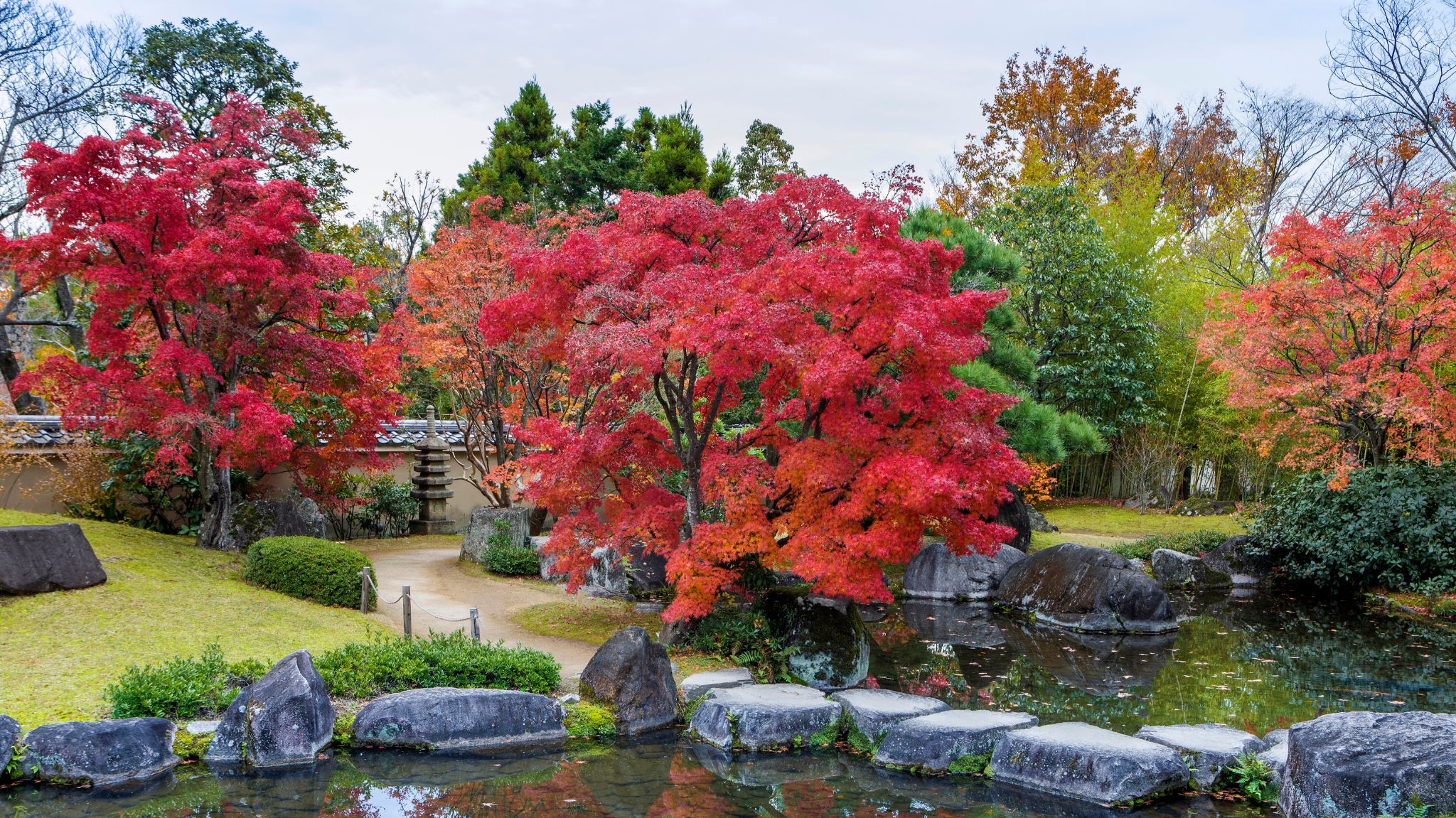
If you're looking to infuse your yard with autumnal hues, maple trees are a brilliant choice. They're one of the best trees for small gardens and are fairly easy to grow. Here's Ben's guide to growing your own:
Step 1: To begin, Ben suggests choosing the right variety for your climate and space. "Sugar maples, for instance, thrive in cooler regions, while red maples are more adaptable," he notes.
Step 2: Next, he advises gardeners to plant maples in well-draining, slightly acidic soil. He also finds that it's best to plant or repot with a gentle hand to protect the crop.
Step 3: If you're planting a live maple starter, Ben advises ensuring that the planting hole is two to three times wider than the root ball but no deeper.
Step 4: Lastly, he explains that it's important to employ a consistent watering routine for the first two years to establish a strong root system.
Following these expert steps will help set up your maple for successful future growth and you'll soon have a wonderful maple tree bringing vibrant color to your yard.
How do You Treat Maple Decline?
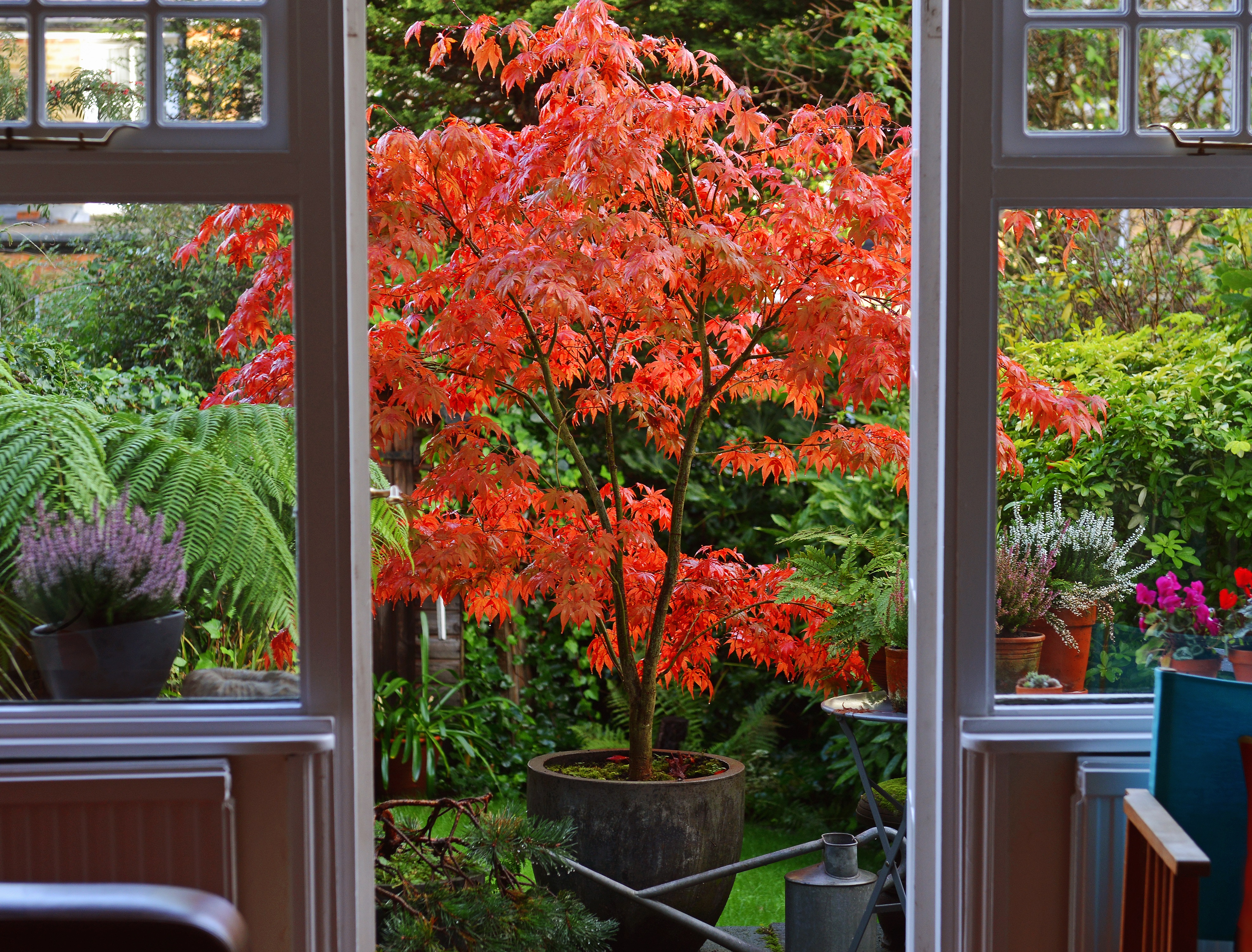
As one of the best trees for a fence line, maples are a popular landscaping choice. But when they start to decline, they can take away from your curb appeal.
Ben tells us that maple decline is a complex issue. However, he finds that with a little patience and some extra attention, your maple can be cured. Here's his step-by-step guide to addressing the problem and saving your maple from decline.
1. Identify the cause: Ben tells us that maple decline can be traced to a couple of different causes. "It could be environmental stress, soil compaction, or disease," he notes.
2. Improve soil conditions: Once you've identified the cause, Ben finds that the immediate next step is to amend your soil. He recommends aerating compacted soil and adding organic matter.
3. Pruning: Tackling the problem spots with regular pruning can also help revive your maple. Ben tells us that this step is essential to improve air circulation and remove diseased parts.
4. Maintenance: To keep your maple from relapsing into decline, Ben tells us that it's extremely important to implement a proper watering and fertilization regimen based on the tree's specific needs.
With all of these brilliant tips, it'll be a breeze to keep your maples vibrant. And with the immaculate fall foliage these trees bring to a space, you'll be able to fully immerse your home into the autumnal season.
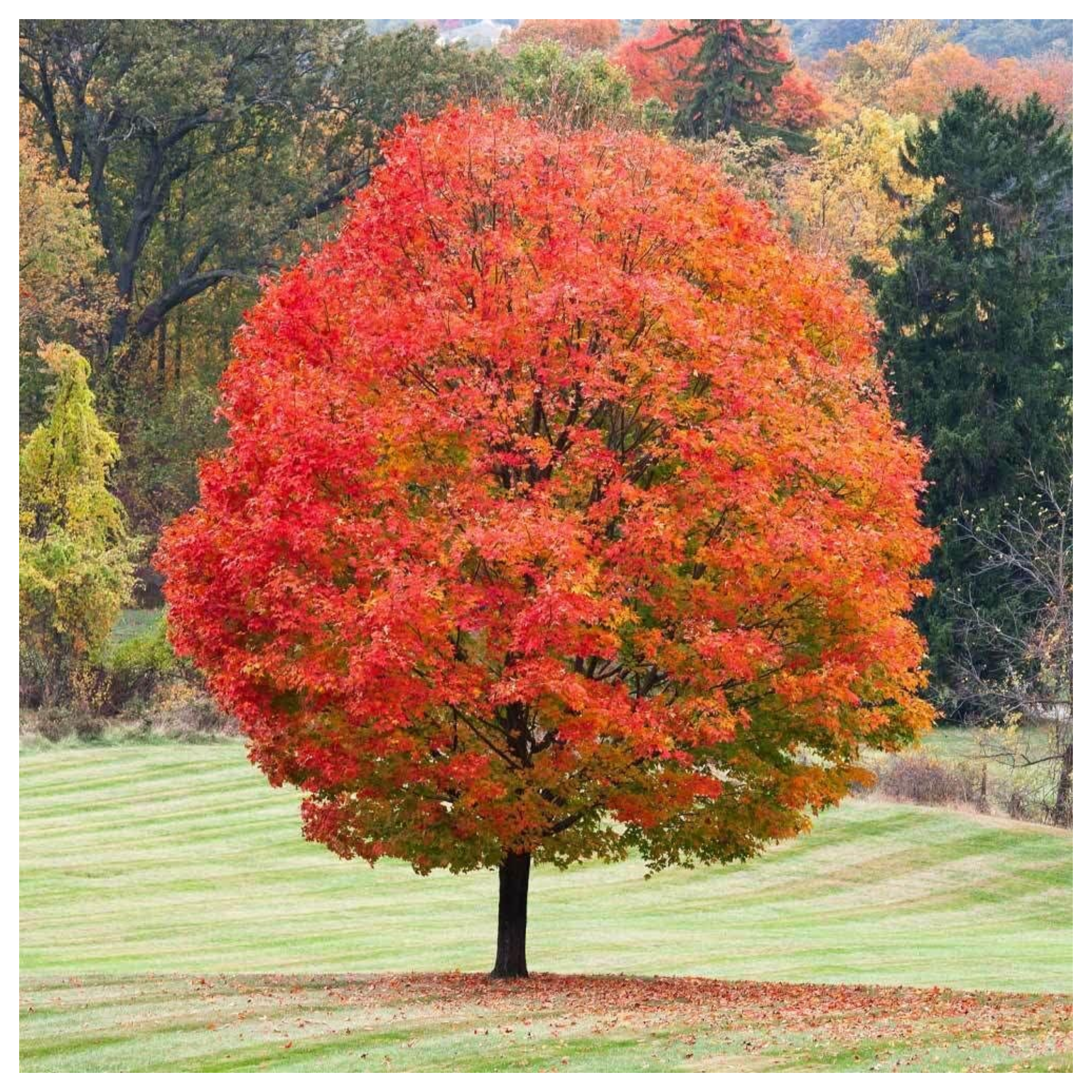
Price: $18
Size: 10" - 18" Tall
This sugar maple tree live plant from Amazon comes highly rated and is on sale now, with a 46% discount.
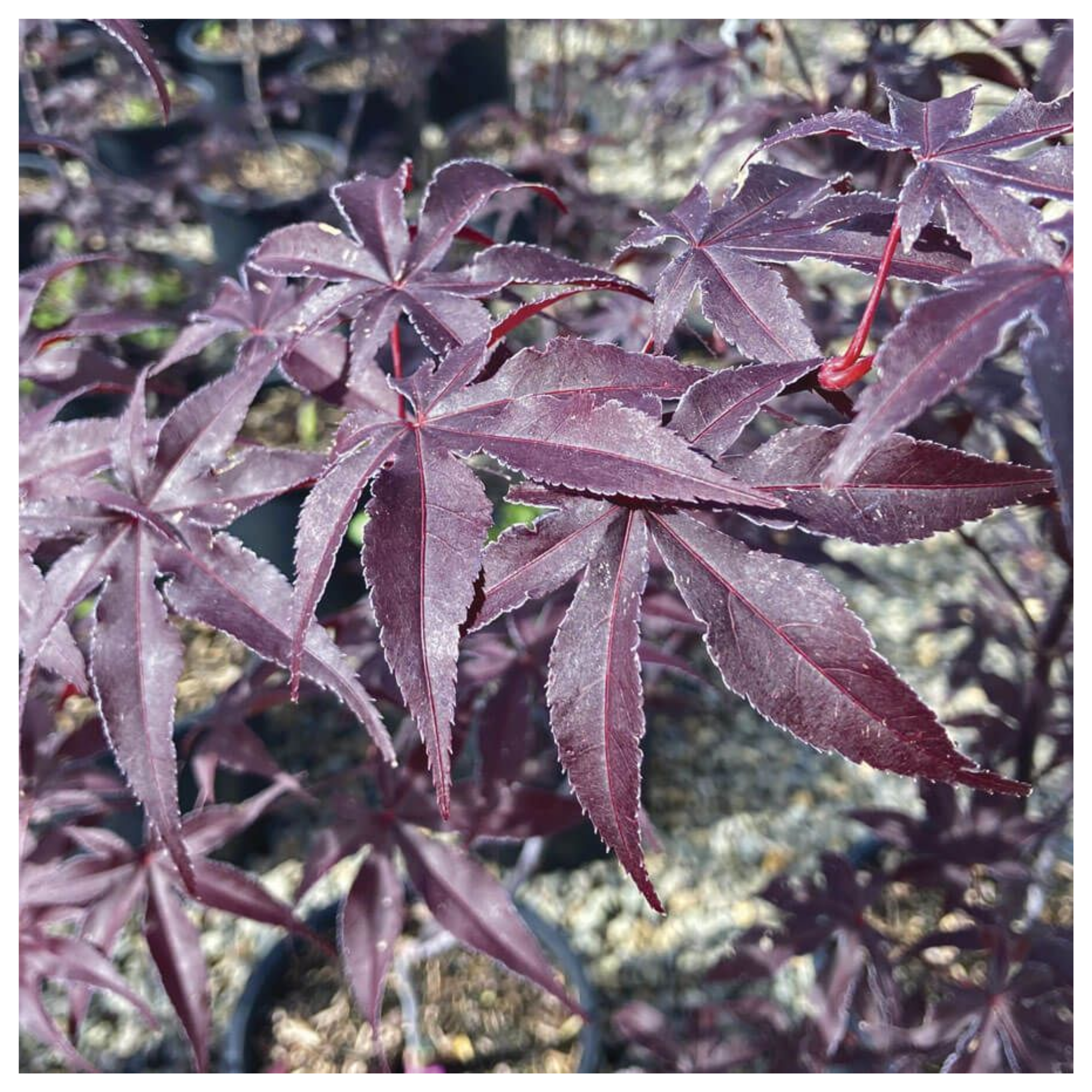
Price: $75
Size: 2 Gallon
This gorgeous Japanese Acer maple tree from Jackson & Perkins is perfect for goth gardens, thanks to its stunning scarlet fall leaves.
FAQs
What common problems affect maple trees?
While maple trees are typically pretty hardy grows, Ben tells us that there are couple common problems that might crop up while planting them. Here are some issues that you might find, along with his tips on how to combat them:
1. Verticillium Wilt: This fungal disease usually affects the roots first before spreading to the branches. Ben recommends pruning affected branches and improving soil drainage to cure your crop.
2. Tar Spot: If you find dark spots on your maple, it's probably a sign of tar spot. "While mostly cosmetic, rake and dispose of affected leaves in the fall," advises Ben.
3. Aphids: When it comes to aphids, Ben suggests encouraging natural predators or using insecticidal soaps for severe infestations. We find that this Safer Brand Insect Killing Soap Concentrate from Amazon is a great buy.
Be The First To Know
The Livingetc newsletters are your inside source for what’s shaping interiors now - and what’s next. Discover trend forecasts, smart style ideas, and curated shopping inspiration that brings design to life. Subscribe today and stay ahead of the curve.

Amiya is a Home Wellness Writer at Livingetc. She recently graduated with a Masters Degree in Magazine Journalism from City, University of London, and has lent her words to beauty, fashion, and health sections of lifestyle publications including Harper’s Bazaar and Women’s Health. Her experience as a research analyst has equipped her with an eye for emerging trends. When she’s off the clock, she can be found reading, listening to music, or overanalyzing her latest Co-Star update.
-
 My 10 Favorite Designs at Milan Design Week 2025 — Out of the Hundreds of Pieces I Saw
My 10 Favorite Designs at Milan Design Week 2025 — Out of the Hundreds of Pieces I SawThere is a new elegance, color, and shape being shown in Milan this week, and these are the pieces that caught my eye
By Pip Rich
-
 Iridescence Is Chrome’s More Playful, Hard-to-Define Cousin — And You're About to See It Everywhere
Iridescence Is Chrome’s More Playful, Hard-to-Define Cousin — And You're About to See It EverywhereThis kinetic finish signals a broader shift toward surfaces that move, shimmer, and surprise. Here's where to find it now
By Julia Demer
